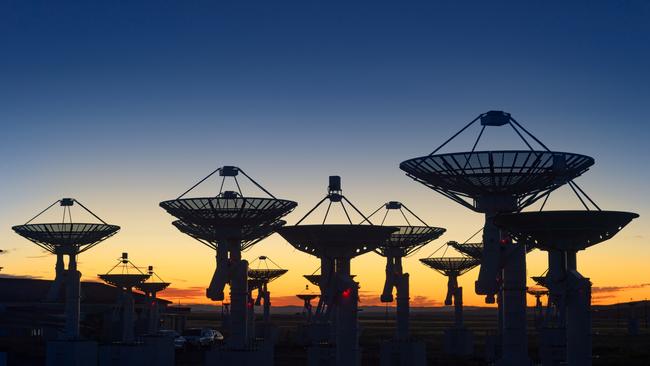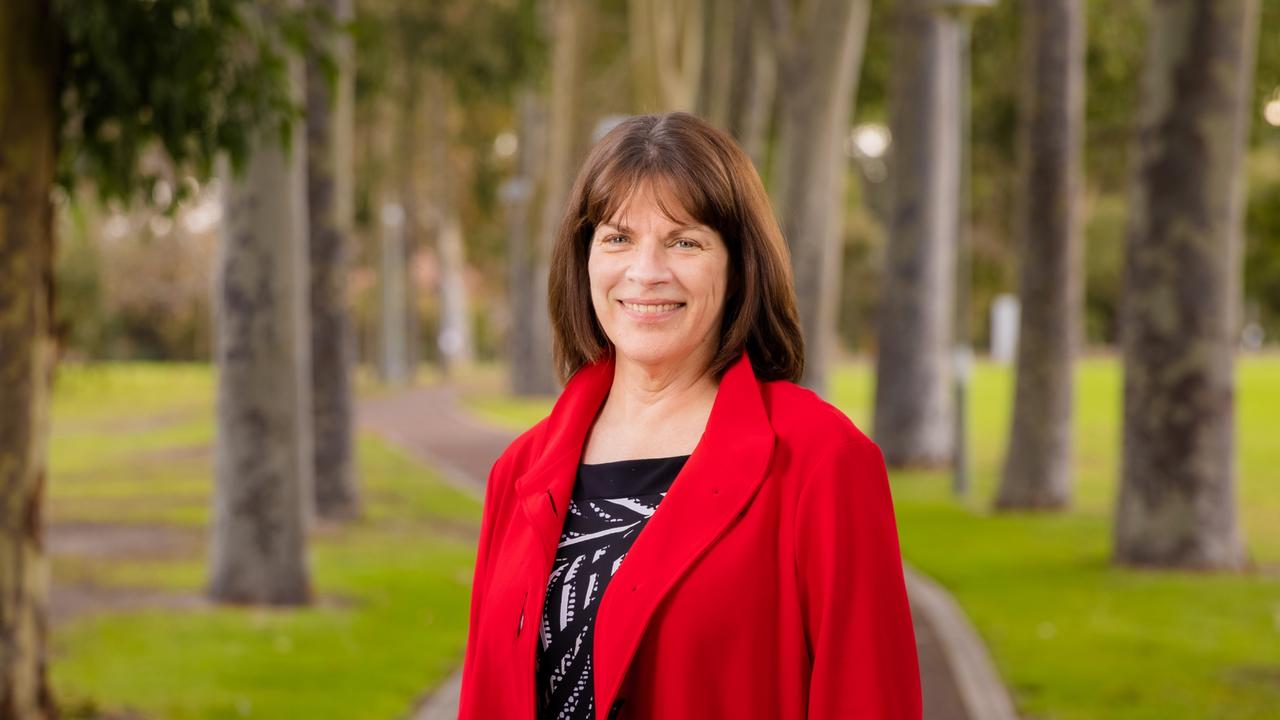We delve deep into the data to reveal excellence
The Australian, and its partner League of Scholars, use innovative data analysis to discover the nation’s top researchers and research institutions in 250 fields.

Welcome to the 2024 Research Magazine which again celebrates the excellence of Australian research by delving deep into the data and identifying our top researcher, and top research institution, in each of 250 fields of research.
This is the sixth year in which The Australian has offered this unique view of the research landscape and, by looking for the best in relatively small areas of endeavour, we highlight the work of people and institutions who would otherwise be known only to a few.
Our methodology uses what we call an “impact score” (see below) to rate all researchers and institutions in each field. This takes into account both the quality of the research (by examining only top journals in each field) and the impact of the research (judged by the number of citations).
This detailed analysis is done by talent discovery and research analytics firm League of Scholars, which is The Australian’s partner in producing the Research Magazine.
The magazine’s genesis in its current form was in 2018 when League of Scholars CEO Paul McCarthy, a data specialist who is an industry fellow at the UTS Data Science Institute and an adjunct professor of computer science at UNSW, described to The Australian’s higher education editor Tim Dodd the many ways in which the huge amounts of public data being accumulated about research could be utilised.
Paul, and League of Scholars co-founder Rasika Amarasiri went to work, and the result was the 2018 Research Magazine, in which our lists of top researchers and research institutions in 250 fields appeared for the first time. Since then Paul and Rasika have produced the data annually and we have been gratified to see the top 250 lists gain profile and increasing interest from universities and other research institutions.
This is not the only way such information can be used. There are many other valuable insights and conclusions to be drawn from the data troves that now exist. We note with interest that the federal government’s Universities Accord panel also sees its value. Regarding research, its interim report said “recent developments in data technology offer opportunities to move toward less labour-intensive processes for collecting performance data and assessing performance”.
Over the years the Research Magazine has used big data analysis in other innovative ways, including identifying Australia’s rising stars and lifetime achievers in research, lists of top academic books, and leaders in research collaboration, interdisciplinary research, and university-linked start-up companies.
In the 2024 Research Magazine we introduce three new data sets. One is a measure of how Australian research, in each of the 250 fields, compares with the rest of the world (page 16). The second examines software innovation, comparing the contributions of Australian research institutions, business and government to open source software, and the third uses Wikipedia data to identify Australia’s most celebrated academics. We hope you enjoy the 2024 Research Magazine and we welcome your feedback.
Tim Dodd (doddt@theaustralian.com.au) is higher education editor of The Australian. Paul McCarthy (paul@leagueofscholars.com) is CEO and co-founder of League of Scholars.
How we use an impact score to choose the best
We give researchers and institutions an impact score in each of 250 fields of research. This score is equal to the number of citations for papers published in the past five years in the top 20 journals in the field (judged by H-index).
The individual with highest impact score (based on papers they authored) is the leading researcher in the field. The institution whose affiliated researchers in a particular field collectively have the highest impact score, is the leading institution in the field. See pages 23-42 for listings of the top 250 researchers and top 250 institutions in each field.
To create the impact score we use public data published by Google Scholar, and we largely follow its taxonomy to determine the 250 fields, although we leave out some fields which have little relevance to Australia.
Note that the H-index of a researcher or journal is the highest number H, such that a given researcher or journal has published H papers which have been cited at least H times. For example, if a researcher has published 50 papers which each have at least 50 citations, but does not have 51 papers which have each been cited 51 times, then their H-index is 50.


